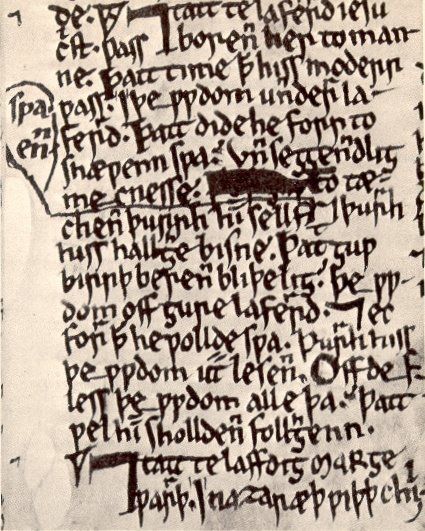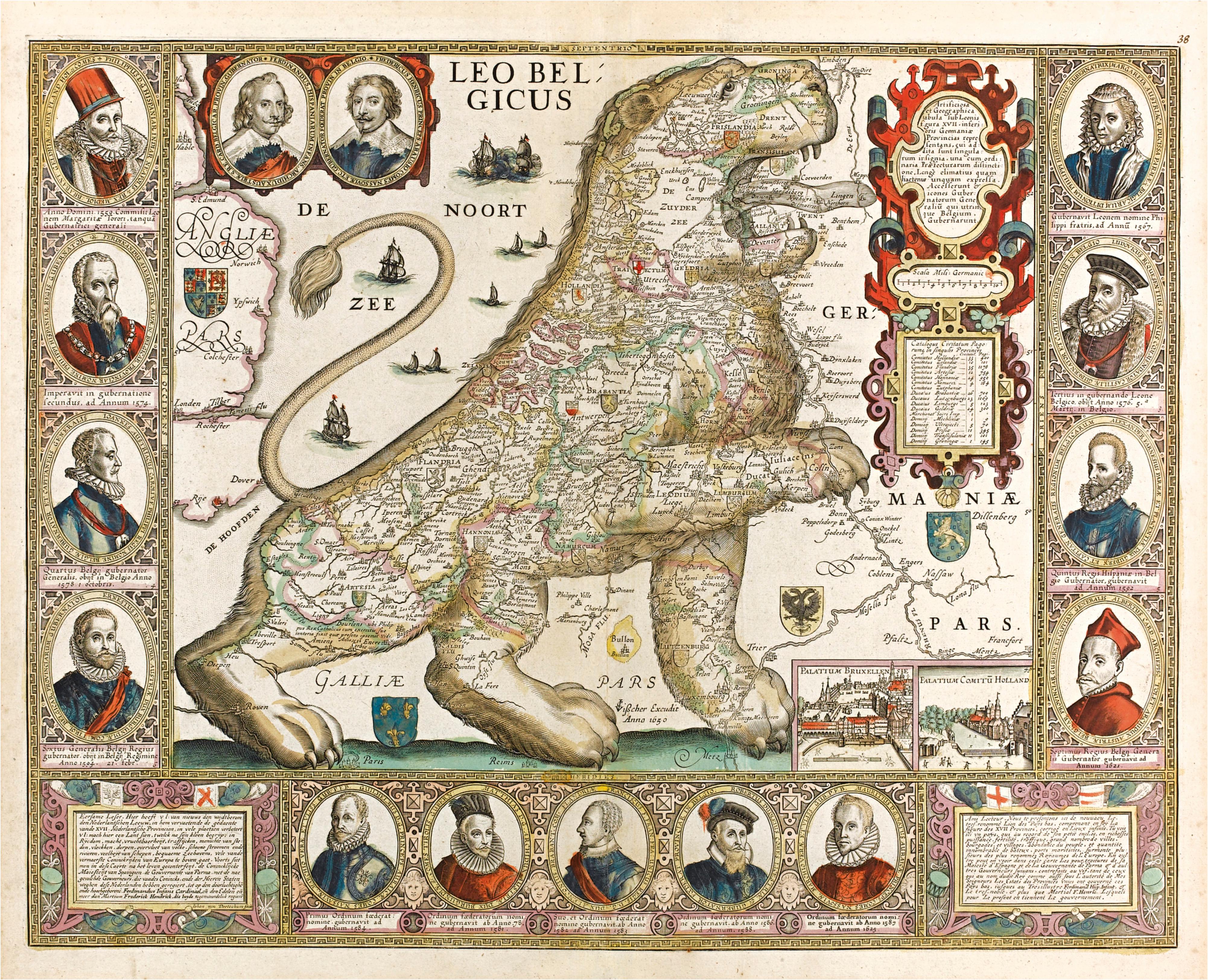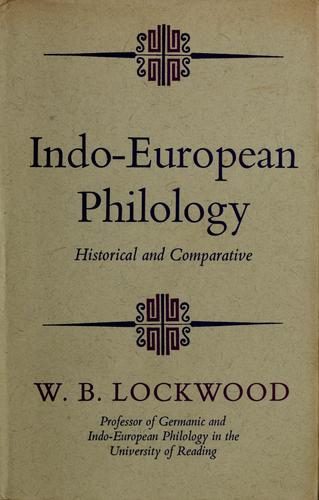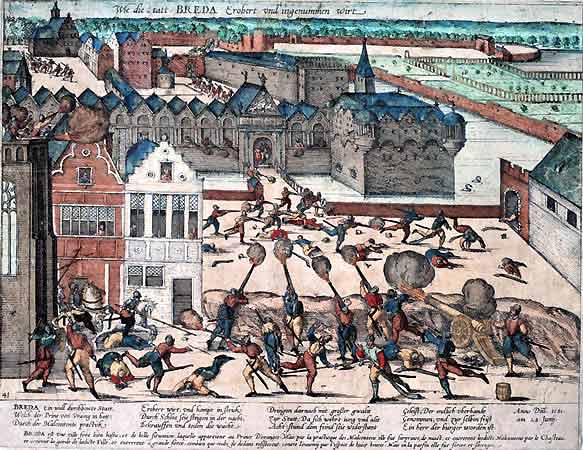|
Jan Van Vliet
Jan van Vliet (April 11, 1622 – March 18, 1666), also known as Janus Ulitius, was one of the 17th-century pioneers of Germanic philology. Biography Van Vliet was probably born in Middelburg, but grew up in The Hague. From 1637 to about 1641 he studied at Leiden University, where he read first classics and then law. After completing his studies, he went on a grand tour, travelling in Britain and France, where he collected material for his first publication, the ''Venatio novantiqua'' (1645), an edition of Latin poetry on the subject of hunting. He also kept a diary of his travels, which testifies to his having been fluent in six languages at the time. On his return to the Netherlands in 1643, Van Vliet began to practice as a lawyer, and the following year he married. His legal career was not a great success, and after some years he left the capital and took up residence in Breda. Here he achieved some measure of prosperity, ultimately becoming the town registrar und ... [...More Info...] [...Related Items...] OR: [Wikipedia] [Google] [Baidu] |
Germanic Languages
The Germanic languages are a branch of the Indo-European languages, Indo-European language family spoken natively by a population of about 515 million people mainly in Europe, North America, Oceania, and Southern Africa. The most widely spoken Germanic language, English language, English, is also the world's most List of languages by total number of speakers, widely spoken language with an estimated 2 billion speakers. All Germanic languages are derived from Proto-Germanic language, Proto-Germanic, spoken in Iron Age Scandinavia, History of Germany#Iron Age, Iron Age Northern Germany and along the North Sea and Baltic coasts. The West Germanic languages include the three most widely spoken Germanic languages: English language, English with around 360–400 million native speakers; German language, German, with over 100 million native speakers; and Dutch language, Dutch, with 24 million native speakers. Other West Germanic languages include Afrikaans, an offshoot of Dutch origi ... [...More Info...] [...Related Items...] OR: [Wikipedia] [Google] [Baidu] |
Dutch Language
Dutch ( ) is a West Germanic languages, West Germanic language of the Indo-European language family, spoken by about 25 million people as a first language and 5 million as a second language and is the List of languages by total number of speakers, third most spoken Germanic language. In Europe, Dutch is the native language of most of the population of the Netherlands and Flanders (which includes 60% of the population of Belgium). "1% of the EU population claims to speak Dutch well enough in order to have a conversation." (page 153). Dutch was one of the official languages of South Africa until 1925, when it was replaced by Afrikaans, a separate but partially Mutual intelligibility, mutually intelligible daughter language of Dutch. Afrikaans, depending on the definition used, may be considered a sister language, spoken, to some degree, by at least 16 million people, mainly in South Africa and Namibia, and evolving from Cape Dutch dialects. In South America, Dutch is the native l ... [...More Info...] [...Related Items...] OR: [Wikipedia] [Google] [Baidu] |
Linguists Of Germanic Languages
Linguistics is the scientific study of language. The areas of linguistic analysis are syntax (rules governing the structure of sentences), semantics (meaning), morphology (structure of words), phonetics (speech sounds and equivalent gestures in sign languages), phonology (the abstract sound system of a particular language, and analogous systems of sign languages), and pragmatics (how the context of use contributes to meaning). Subdisciplines such as biolinguistics (the study of the biological variables and evolution of language) and psycholinguistics (the study of psychological factors in human language) bridge many of these divisions. Linguistics encompasses many branches and subfields that span both theoretical and practical applications. Theoretical linguistics is concerned with understanding the universal and fundamental nature of language and developing a general theoretical framework for describing it. Applied linguistics seeks to utilize the scientific findings of the ... [...More Info...] [...Related Items...] OR: [Wikipedia] [Google] [Baidu] |
17th-century Philologists
The 17th century lasted from January 1, 1601 (represented by the Roman numerals MDCI), to December 31, 1700 (MDCC). It falls into the early modern period of Europe and in that continent (whose impact on the world was increasing) was characterized by the Baroque cultural movement, the latter part of the Spanish Golden Age, the Dutch Golden Age, the French '' Grand Siècle'' dominated by Louis XIV, the Scientific Revolution, the world's first public company and megacorporation known as the Dutch East India Company, and according to some historians, the General Crisis. From the mid-17th century, European politics were increasingly dominated by the Kingdom of France of Louis XIV, where royal power was solidified domestically in the civil war of the Fronde. The semi-feudal territorial French nobility was weakened and subjugated to the power of an absolute monarchy through the reinvention of the Palace of Versailles from a hunting lodge to a gilded prison, in which a greatly ... [...More Info...] [...Related Items...] OR: [Wikipedia] [Google] [Baidu] |
1666 Deaths
This is the first year to be designated as an ''Annus mirabilis'', in John Dryden's 1667 poem so titled, celebrating England's failure to be beaten either by the Dutch or by fire. Events January–March * January 17 – The Chair of Saint Peter (''Cathedra Petri'', designed by Bernini) is set above the altar in St. Peter's Basilica in Rome. * January 27 – Mughal conquest of Chittagong: Mughal forces of Emperor Aurangzeb, in alliance with the Portuguese, under Shaista Khan and his son ''Buzurg'' Umed Khan, expel the Arakans from the Bengal port city of Chittagong, renaming the city as Islamabad. * February 1 – The joint English and Scottish royal court returns to London as the Great Plague of London subsides. * March 11 – The tower of St. Peter's Church, Riga, collapses, burying eight people in the rubble. * March – The Tavernier Blue, precursor to the Hope Diamond, is first recorded, when French gem merchant Jean-Baptiste Tavernier ... [...More Info...] [...Related Items...] OR: [Wikipedia] [Google] [Baidu] |
1622 Births
Events January–May * January 7 – The Holy Roman Empire and Transylvania sign the Peace of Nikolsburg. * February 8 – King James I of England dissolves the Parliament of England, English Parliament. * March 12 – Ignatius of Loyola, Francis Xavier, Teresa of Ávila, Isidore the Farmer and Philip Neri are canonized by Pope Gregory XV. * March 22 – Indian massacre of 1622, Jamestown massacre: Algonquian peoples, Algonquian natives kill 347 English settlers outside Jamestown, Virginia (one third of the colony's population), and burn the Henricus settlement. This begins the American Indian Wars. April–June * April 22 – Hormuz Island, Hormuz is Capture of Ormuz (1622), captured from the Portuguese, by an Anglo-Persian force. * April 27 – Thirty Years' War – Battle of Mingolsheim, Skirmish at Mingolsheim: Protestant forces under Ernst von Mansfeld, Mansfeld and Georg Friedrich, Margrave of Baden-Durlach, Georg Friedrich o ... [...More Info...] [...Related Items...] OR: [Wikipedia] [Google] [Baidu] |
Ormulum
The ''Ormulum'' or ''Orrmulum'' is a twelfth-century work of biblical exegesis, written by an Augustinian canon named Orrm (or Orrmin) and consisting of just under 19,000 lines of early Middle English verse. Because of the unique phonemic orthography adopted by its author, the work preserves many details of English pronunciation existing at a time when the language was in flux after the Norman Conquest of England. Consequently, it is invaluable to philologists and historical linguists in tracing the development of the language. After a preface and dedication, the work consists of homilies explicating the biblical texts set for the mass throughout the liturgical year. It was intended to be consulted as the texts changed, and is agreed to be tedious and repetitive when read straight through. Only about a fifth of the promised material is in the single manuscript of the work to survive, which is in the Bodleian Library in Oxford. Orrm developed an idiosyncratic spelling sy ... [...More Info...] [...Related Items...] OR: [Wikipedia] [Google] [Baidu] |
Franciscus Junius (the Younger)
Franciscus Junius (29 January 1591 – 1677), also known as François du Jon, was a pioneer of Germanic philology. As a collector of ancient manuscripts, he published the first modern editions of a number of important texts. In addition, he wrote the first comprehensive overview of ancient writings on the visual arts, which became a cornerstone of classical art theories throughout Europe. Life Junius was born in Heidelberg. He was brought up at Leiden, Netherlands, as his father, also called Franciscus Junius, was appointed professor of Hebrew at Leiden University in 1592. In 1602 his parents died, and Junius went to live with his future brother-in-law, the humanist scholar Gerhard Johann Vossius in Dordrecht. His attention was diverted from military to theological studies by the peace of 1609 between Spain and the Netherlands, and he studied theology at Leiden and Middelburg. In 1617, he became a pastor at Hillegersberg, near Rotterdam. He resigned this position the foll ... [...More Info...] [...Related Items...] OR: [Wikipedia] [Google] [Baidu] |
History Of The Netherlands
The history of the Netherlands extends back before the founding of the modern Kingdom of the Netherlands in 1815 after the defeat of Napoleon. For thousands of years, people have been living together around the river deltas of this section of the North Sea coast. Records begin with the four centuries during which the region formed a militarized border zone of the Roman Empire. As the Western Roman Empire collapsed and the Middle Ages began, three dominant Germanic peoples coalesced in the area – Frisians in the north and coastal areas, Low Saxons in the northeast, and the Franks to the south. By 800, the Frankish Carolingian dynasty had once again integrated the area into an empire covering a large part of Western Europe. The region was part of the duchy of Lower Lotharingia within the Holy Roman Empire, but neither the empire nor the duchy were governed in a centralized manner. For several centuries, medieval lordships such as Brabant, Holland, Zeeland, Friesland, Guelders a ... [...More Info...] [...Related Items...] OR: [Wikipedia] [Google] [Baidu] |
Philology
Philology () is the study of language in Oral tradition, oral and writing, written historical sources. It is the intersection of textual criticism, literary criticism, history, and linguistics with strong ties to etymology. Philology is also defined as the study of literary texts and oral and written records, the establishment of their authentication, authenticity and their original form, and the determination of their meaning. A person who pursues this kind of study is known as a philologist. In older usage, especially British, philology is more general, covering comparative linguistics, comparative and historical linguistics. Classical philology studies classical languages. Classical philology principally originated from the Library of Pergamum and the Library of Alexandria around the fourth century BC, continued by Greeks and Romans throughout the Roman Empire, Roman and Byzantine Empire. It was eventually resumed by European scholars of the Renaissance humanism, Renaissance, ... [...More Info...] [...Related Items...] OR: [Wikipedia] [Google] [Baidu] |
Breda
Breda ( , , , ) is a List of cities in the Netherlands by province, city and List of municipalities of the Netherlands, municipality in the southern part of the Netherlands, located in the Provinces of the Netherlands, province of North Brabant. The name derived from ''brede Aa'' ('wide Aa' or 'broad Aa') and refers to the confluence of the rivers Mark (Dintel), Mark and Aa of Weerijs, Aa. Breda has 185,072 inhabitants on 13 September 2022 and is part of the Brabantse Stedenrij; it is the tenth largest city/municipality in the country, and the third largest in North Brabant after Eindhoven and Tilburg. It is equidistant from Rotterdam and Antwerp. As a Defensive wall, fortified city, it was of strategic military and political significance. Although a direct fiefdom of the Holy Roman Emperor, the city obtained a City rights in the Low Countries, municipal charter; the acquisition of Breda, through marriage, by the House of Orange-Nassau, House of Nassau ensured that Breda would be ... [...More Info...] [...Related Items...] OR: [Wikipedia] [Google] [Baidu] |






